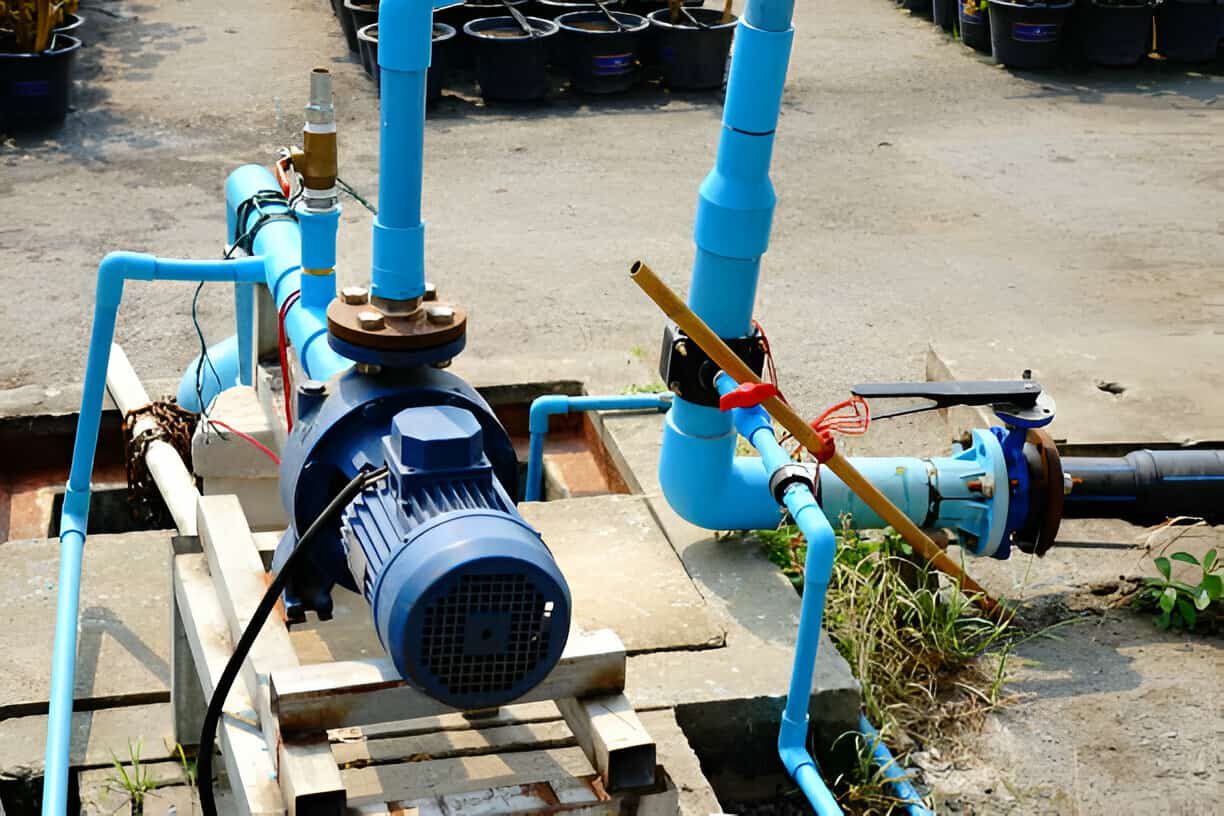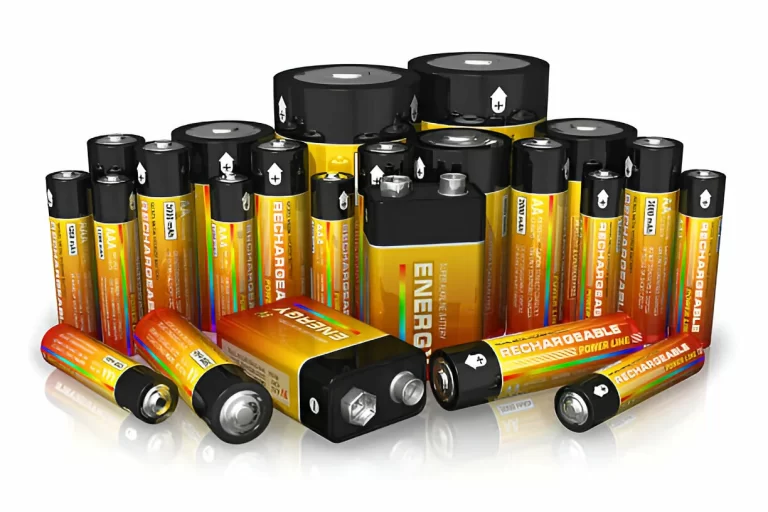The Role of Water Main Test Pumps in Sustainable Urban Development
The intricate puzzle of a city’s water main network does more than ferry water—it is a lifeline for public health, fire protection, economic activity, and overall urban resiliency. This lattice of pipes and associated fixtures must be routinely monitored to prevent system breakdowns. Water main test pumps serve an integral part in this regard, applying pressurized water to check for system integrity, thus preempting disaster and decreasing the likelihood of serious service interruptions that can cripple local economies and jeopardize health and safety.
The Essence of Water Main Infrastructure
The infrastructure beneath our city streets is as important as the bustling life above it. Yet, it is one we rarely consider until something goes awry. Quality of life in urban areas is intrinsically linked to the efficient and reliable provision of essential services, including drinking water. Fundamental to this service are water main systems, which necessitate a hydrostatic test pump. These pieces of equipment are crucial for running diagnostics and ensuring the robustness of our urban water distribution pipelines, thus advocating for their role in fostering sustainable development initiatives across burgeoning cityscapes.
Confronting Sustainability Challenges
With the dawn of climate change implications and increasing urban density, the management of water resources grows even more pivotal. The overarching objective of sustainability in water systems stands against many factors such as aging infrastructure, scarcity of resources, and increased pollution. In this domain, the role of water main test pumps is magnified, empowering water management entities to pre-empt problems and conserve precious resources by reducing leakages that can otherwise go unnoticed for extended periods, causing irreparable damage to our fragile ecosystems.
Assessing the Crucial Role of Testing
Regularly applying pressurized water through hydrostatic test pumps enables the detection of weaknesses within the water mains, be it insignificant leaks or potential points of failure that can culminate in catastrophic bursts. A steadfast regimen of testing maintains the sanctity of the water distribution system, ensuring that clean water—free of contaminants that can infiltrate through cracks—is delivered to end-users. In doing so, it serves the dual purpose of protecting public health and curtailing water loss, a resource too precious to waste.
Technological Innovations in Water Main Testing
The aesthetics of technological progression are not lost on test pumps. Contemporary iterations of these devices embody advancements such as increased pressure control, digital monitoring, and reduced environmental impact. By fine-tuning such advanced equipment, municipalities can effectuate more precise diagnostics with diminished risk to the infrastructure, cementing the dynamism between technological innovation and operational longevity of urban water networks.
Adopting Best Practices
To avert the woes of reactive management, cities across the globe are increasingly turning towards proactive methodologies for the upkeep of their water infrastructures. This means integrating scheduled water main testing using reliable hydrostatic test pumps and comprehensive training for operators and emergency response teams. By ingraining these best practices, jurisdictions accentuate their commitment to maintaining an uninterrupted water supply, fortifying the backbone of urban vitality.
The Ripple Effect on Communities
The reliability of its fundamental utilities often measures a community’s fortitude. When water main systems are tested regularly and systematically, residents benefit from a continuity of service that transcends mere convenience. Trust in municipal services is augmented through transparency, and water resource management aligns with the quest for creating resilient smart cities that prioritize the stewardship of natural resources for future generations.







